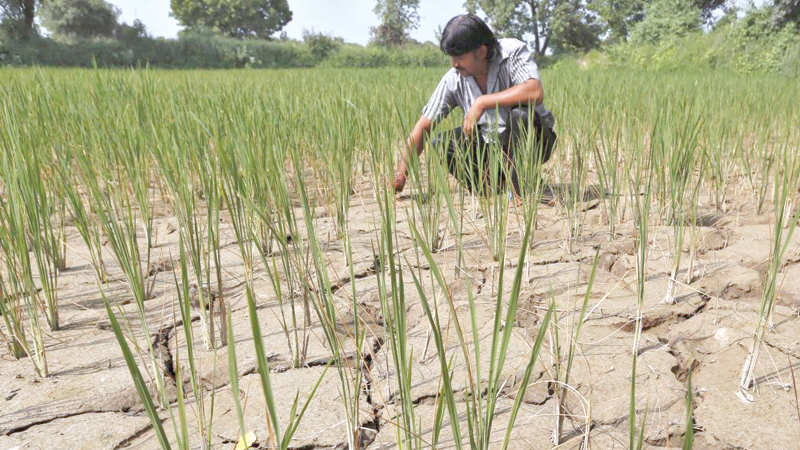

Rajendra Jadhav -
India’s monsoon has produced 9 per cent less rain than usual, raising concerns over production of the country’s summer-sown crops as rainfall in many key grains producing states has been nearly a quarter lower than normal levels.
Summer crop production is being closely watched by markets as lower output could spoil Indian Prime Minister Narendra Modi’s efforts to raise the income of farmers, who make up more than half of its 1.3 billion people, in an election year.
The monsoon delivers 70 per cent of India’s annual rainfall and is the lifeblood of India’s $2 trillion economy with the farm sector contributing 14 per cent of its economic output.
Nearly half of Indian farmland lacks irrigation, making the monsoon critical for 263 million farmers who grow rice, sugarcane, corn, cotton and soybean. The drop in rainfall could moderate demand from rural areas for an array of goods — from two wheelers to refrigerators — and lift food prices and stoke inflation, which is expected to harden in coming months due to higher fuel prices.
“Rainfall distribution was uneven. Yields of crops such as cotton and rice are likely to be lower than normal,” Harish Galipelli, head of commodities and currencies at Inditrade Derivatives & Commodities in Mumbai, said.
India, the world’s biggest producer of cotton and pulses and the second-biggest producer of sugar and rice, has had 777.4 mm of rainfall since the start of the monsoon season on June 1, nearly 9 per cent lower than normal, data compiled by India Meteorological Department (IMD) shows.
The cotton growing western state of Gujarat has so far received 27 per cent less rainfall than normal, while rice growing West Bengal, Jharkhand and Bihar in eastern India saw it drop by as much as 25 per cent below average, IMD data shows.
The country’s cotton production could fall below 35 million bales in 2018/19 marketing year, starting from October 1, compared with 36.5 million bales a year ago, said Chirag Patel, chief executive at Jaydeep Cotton Fibres Pvt Ltd, a leading exporter.
Scant rainfall in eastern India and floods in the southern state of Kerala and some northern pockets are set to trim rice production, said an exporter based at Kakinada in the southern state of Andhra Pradesh. “We have ample stocks from last year’s crop. So it won’t impact exports,” the rice exporter said. India is the world’s biggest rice exporter.
Lower rainfall in September could reduce soil moisture, hurting the planting of winter-sown crops such as wheat, chickpea and rapeseed, said a Mumbai-based dealer with a global trading firm. — Reuters
Oman Observer is now on the WhatsApp channel. Click here



